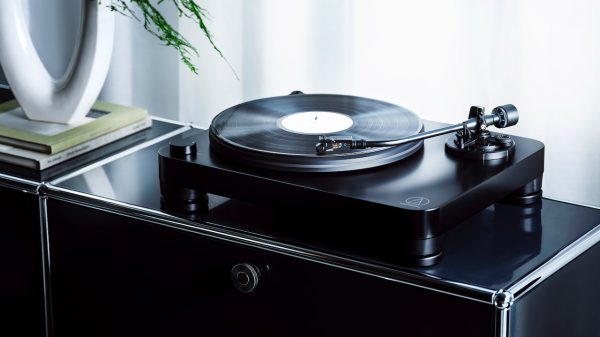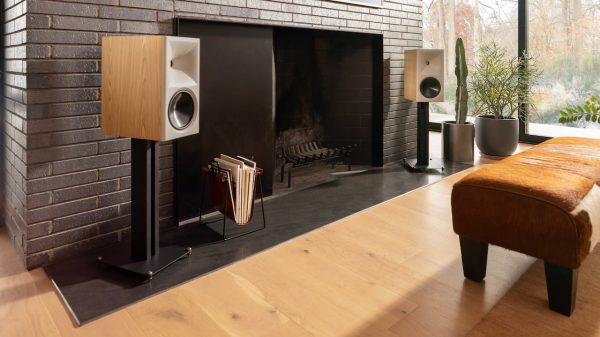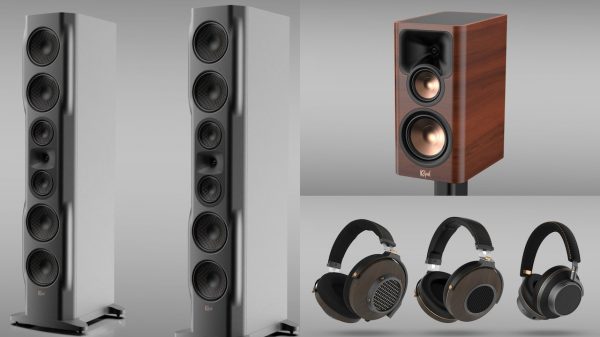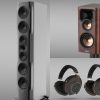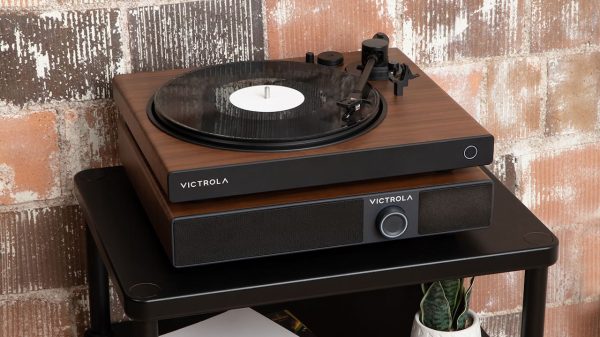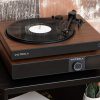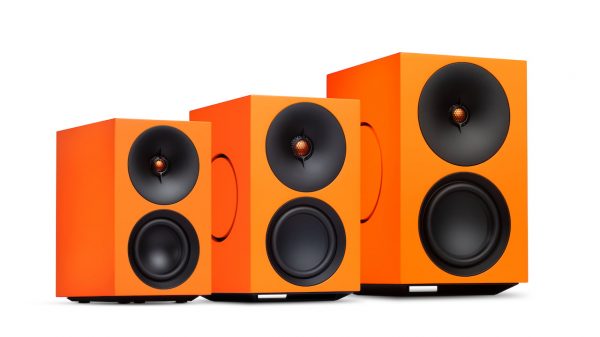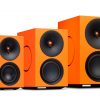Let’s not mince words. Tidal and Qobuz both face an uphill battle now that Apple, Spotify, and Amazon Music have placed all of their chips on the table; and they are formidable ones to say the least. In a perfect world, both audiophile streaming platforms would be able to survive with a large percentage of music listeners who care a lot about lossless and hi-res lossless music. Products like the Tidal app for Apple Watch are needed to expand that base.
Audiophiles need to support both platforms or we’re going to end up with a choice of the aforementioned big three and I’m not sure how good that is for the audio industry. Both platforms need to differentiate themselves; and do it very quickly for less money than they are currently charging.
Apple Music (that supports lossless) and Spotify HiFi are going to be very big; their combined customer base of almost 230 million paying customers is not something that either audiophile streaming platform can hope to catch. What they can do, however, is get themselves in front of as many mainstream customers as possible.
Qobuz is doing that through a new partnership with Sonos.
Tidal has already announced a new partnership with LG that integrates the Tidal app into every Smart TV that LG offers and we think that’s a great step. People like easy access to apps and LG sell a lot of televisions with eARC and Optical digital outputs. Something that is super important if we want people to experience the better sound quality that Tidal offers.
Wearable tech is a huge and growing category and Tidal have taken the logical step of creating a new Tidal app that works with the Apple Watch without the need for an iPhone.
The Tidal app can either play offline music or stream directly from the service. Tidal was available on the Samsung Galaxy Series watches before this, but otherwise wasn’t an option on wearable devices from other manufacturers.
Take that Spotify. Well done Tidal.


